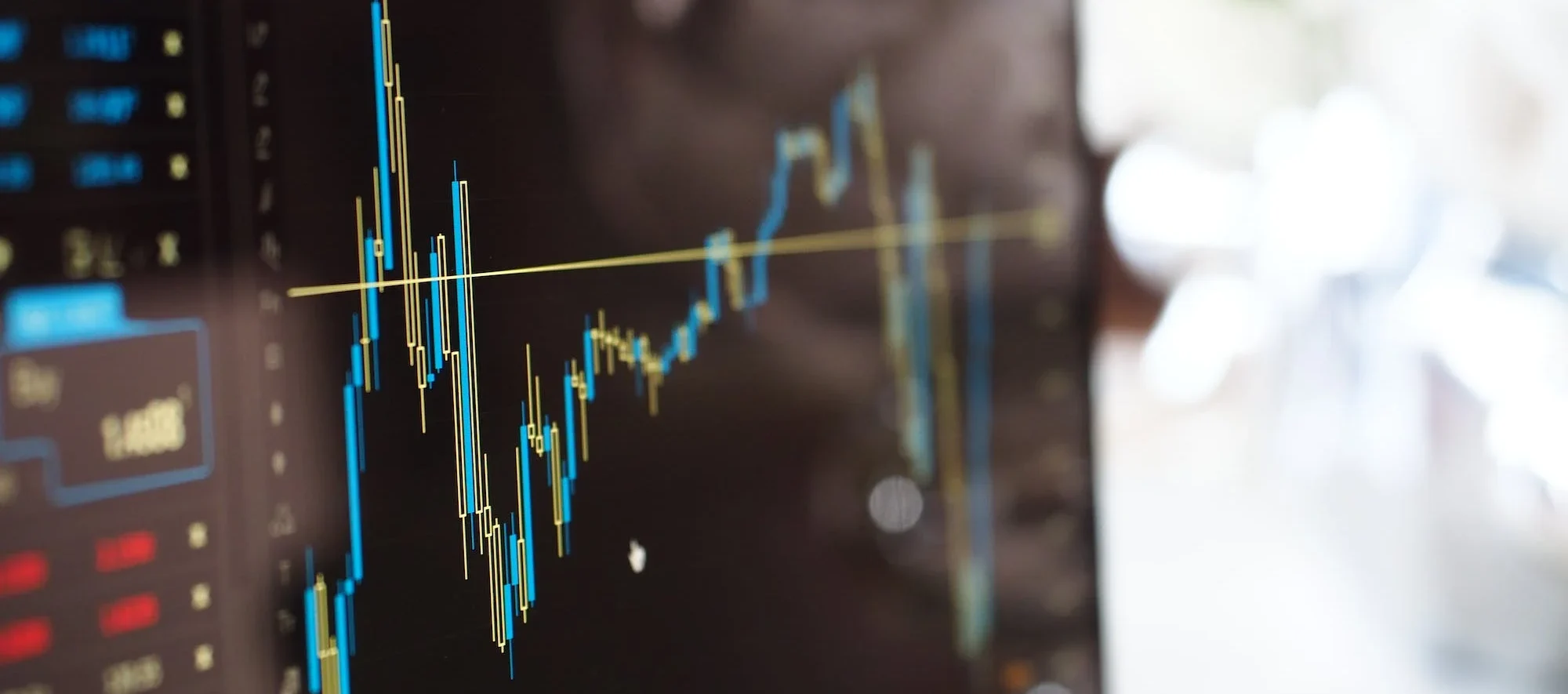Demystifying machine learning one concept at a time, we turn our attention to two fundamental pillars that support neural networks – Bias and Variance. How do these forces shape the predictive power of our models? Let’s delve in.
Bias and variance aren’t just stats jargon to scare away the uninitiated. They hold sway over the destiny of a neural network, influencing its ability to generalize from training data to unseen real-world data. Striking a balance between these two is akin to walking a tightrope. But don’t fret, it’s a walk we’ll take together.
Bias – The Assumption Maker
Bias, in this context, isn’t about prejudice or unfairness. Rather, it’s about the assumptions made by a model about the underlying data.
“Simplicity is the ultimate sophistication.”
Leonardo da Vinci
Like da Vinci, machine learning models too often strive for simplicity. A model with a high bias pays little heed to the training data and assumes that simple relationships exist among variables. This helps avoid the trap of overfitting, the Subtle Saboteur that we’ve previously tamed.
Variance – The Flexibility Master
Variance, on the other hand, is all about flexibility. It’s the model’s ability to bend and twist itself to capture the complexities within the training data.
“The measure of intelligence is the ability to change.”
Albert Einstein
Neural networks with high variance adapt readily, capturing minute nuances in the training data. While this adaptability can be beneficial, unchecked flexibility often leads to overfitting. It’s a balancing act, as we’ve seen in The Art of Regularization.
The Bias-Variance Tradeoff – Striking a Balance
There’s a sweet spot nestled between bias and variance, a golden mean that neural networks strive to reach. This is the crux of the bias-variance tradeoff, the fine balance that can elevate a model from mediocrity to mastery. But how do we find it?
Techniques for Taming Bias and Variance
Once we understand the intricate dance between bias and variance, we’re better equipped to influence their steps. Let’s explore some tools and techniques that help us maintain the desired balance.
Regularization: A Gentle Reminder
Regularization techniques have been our go-to tools to manage bias and variance. You may recall the concept from our in-depth discussion on The Art of Regularization. Regularization provides a way to penalize complexity, helping keep variance in check while ensuring the bias doesn’t run rampant.
Dropout: The Savior of Overfitting
Another technique, called Dropout, offers a unique way to manage high variance by randomly dropping out neurons during training. This seemingly random act of neuron dismissal introduces redundancy into the network, forcing it to learn more robust features. Dive into the complexities and wonders of Dropout in our previous article, Dropout: A Key to Demystifying Machine Learning.
Neural Networks: Masters of Adaptation
The structure of a neural network itself offers ways to manage bias and variance. By adjusting the number of layers or neurons within a layer, we can effectively tune the network’s learning capabilities.
“Adaptability is about the powerful difference between adapting to cope and adapting to win.”
Max McKeown
Deep learning models, like the groundbreaking AlexNet, exemplify this balance. They adapt their structure to the task at hand, modulating their learning ability, which is a reflection of their bias-variance tradeoff.
Bias and Variance: Lessons from the Field
Concepts and theories are all well and good, but how do these work in the real world? Let’s delve into some practical applications to demonstrate the actual impact of bias and variance.
The Importance of Balanced Datasets
In our quest to control bias and variance, we must not forget the role played by the quality of our data. A biased dataset can throw the entire learning process off track. For example, in a dataset heavily skewed towards a particular class in a classification problem, the algorithm may develop a bias towards predicting that class, leading to a high bias situation.
Fitting the Noise: A Cautionary Tale
Another real-world pitfall to avoid is the tendency to “fit the noise.” This is where our model, in its enthusiasm to learn, captures the random fluctuations, or “noise,” in the training data. This scenario often leads to overfitting, which we explored in our article Beware of Overfitting: A Subtle Saboteur. The model becomes a tale of high variance, performing superbly on the training data but faltering when faced with unseen data.
Journey’s End: Mastering the Balance
As we conclude our exploration, we understand that bias and variance are not our adversaries. They are integral parts of the learning process that we need to manage and balance. By tuning our models and using techniques like regularization and dropout, we can navigate this intricate dance between bias and variance. As we navigate this dance, we remember the immortal words of Carl Friedrich Gauss:
“It is not knowledge, but the act of learning, not possession but the act of getting there, which grants the greatest enjoyment.”
Yes, even in machine learning, it’s not just the destination that matters—it’s the journey. In the act of learning, we find our greatest joy and our most profound insights.

Leave a Reply